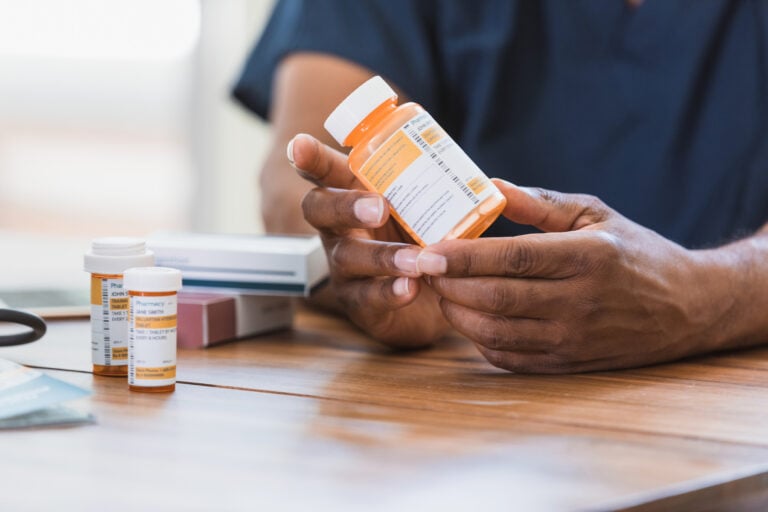February 26, 2014
February 26, 2014
When the OTC drug review was undertaken in the 1970s, it was deemed the best solution available at the time for efficiently assessing the safety and efficacy of the countless drug products being sold by thousands of companies to consumers without the need for a prescription. Rather than requiring the submission and review of NDAs or ANDAs for each of these products to allow continued marketing, the OTC monograph system was intended to establish FDA sanctioned uses and labeling that manufacturers could rely on to market their products.
Seventeen expert panels were convened and tasked with evaluating the safety and effectiveness of over 60 categories of OTC drugs and determining the information that should be put on product labels to enable consumers to use these products effectively. By the 1990s these expert panels had completed their reports and they were published and opened for public and industry comment. After reviewing outside input and taking the expert’s findings into consideration, FDA was to issue its own determination (i.e., a Tentative Final Monograph; TFM). Public and industry comment was again solicited regarding the content of the TFMs before FDA issued a final rulemaking (i.e., a Final OTC Monograph).
This effort was successful in removing hundreds of ingredients that were clearly ineffective and/or unsafe from the market and in requiring the relabeling of many others. However, over 40 years later, the OTC drug review remains incomplete. As indicated by Monday’s Federal Register Notice, many OTC monographs have been finalized, but more than 150 of the OTC rulemakings remain as TFMs. This presents a dilemma for FDA since under the FDA enforcement policy, ingredients for which safety and/or efficacy data are incomplete (GRAS/GRAE Category III substances) are allowed to be marketed under these TFMs. Some products have been marketed for decades under these TFMs without agreement by the FDA that they are both safe and effective. Other concerns, such as the ability to move quickly to require changes in labeling to reflect new safety concerns or advances in the science of OTC drug products, have prompted FDA to request public and industry input on how the regulation of OTC monographed products might be changed.
In addition to the slow pace of the monograph process, incongruity of the OTC monograph system with modern drug approval concerns (such as bioavailability and standards for proof of efficacy and safety) create several obvious opportunities for changes to the existing system. Although changes to the system can be expected to be effected slowly, it will be interesting to listen to the public hearing to be held on March 25th and 26th to see where the FDA is placing the greatest emphasis on change and how the affected industry and public will respond. More importantly, this will be the opportunity for those with vested interest to voice their opinion and provide their own recommendations for how to improve the OTC monograph system.
If you have any questions or thoughts on this blog post or others, please contact us.

May 19, 2022
FDA has issued the final guidance titled “Safety Considerations for Container Labels and Carton Labeling Design to Minimize Medication Errors.” The recommendations for prescription drug and...
February 15, 2017
In 2013, the FDA released a guidance entitled “Labeling for Human Prescription Drug and Biological Products – Implementing the PLR Content and Format Requirements.” This guidance was finalized after...
February 6, 2013
Standardized prescription drug labeling was implemented by FDA in 1979. In the following years as labeling became more complex, FDA re-evaluated its usefulness and published a final rule in 2006...